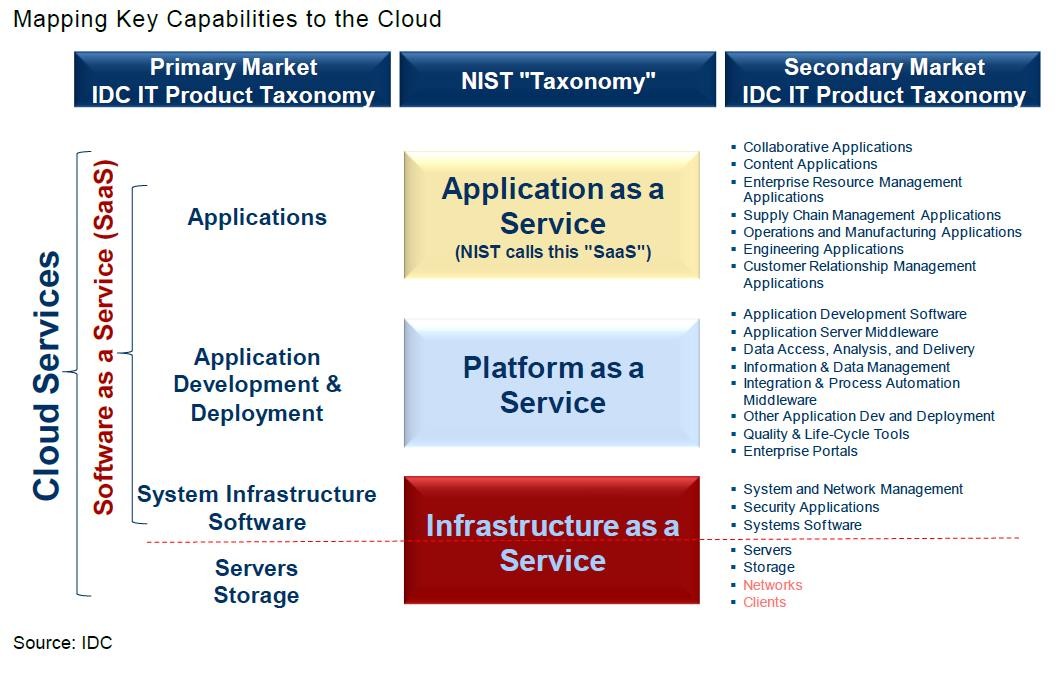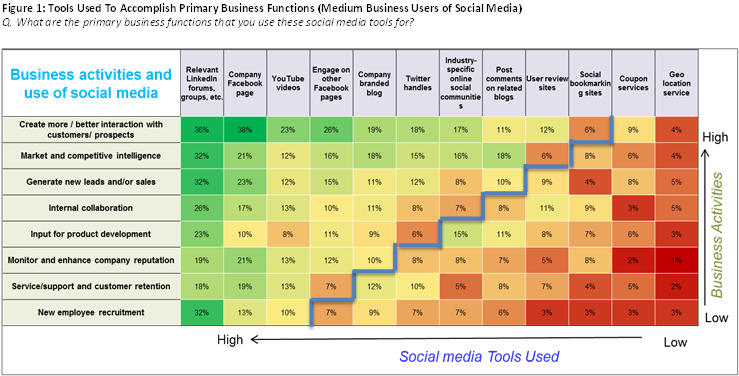SMB Forum How to use social media to predict stock price performance
Post on: 16 Март, 2015 No Comment

Friday, August 12, 2011
How to use social media to predict stock price performance?
As engaging as it may be, social media is a powerful tool to predict stock price performance. As a business owner, not only you have to worry about the impact of tweets on your brand perception, but also on your market valuation. Heres why:
Many investment analytics are being built on social media opinion mining; those innocent feeds are no longer so innocent. On the bright side, as an investor, you can capitalize on those tweets to bet your way into fortune.
With the advent of the internet, it is now possible to measure the impact of online news and social media on stock prices. Hardly a novel concept, as market sentiment has been a core element of behavioral finance and investment theory. One of the two building blocks of behavioral finance is cognitive psychology, or how people think; this is where social media plays an important role. Behavioral finance success has been fueled by the inability of traditional investment theory to explain bubbles and market crashes. Who does not remember the housing bubble or the tech bubble and their subsequent crashes?
A recent study found that language usage is a powerful predictor of stock markets. The diversity, or lack of, of vocabulary used across the web, highly correlates with stock market performance. In simple words, when stock markets are rising, online conversations use similar words of rise, fall, gain, and share similar stories of optimism of the recent past. However, as sentiment goes negative a far more divergent vocabulary is used across online channels. Stories become more divergent as well; people recalling independent moral stories of bubble investing dating as far back as the tulip bubble of the 17th century. Perhaps, this phenomena can be explained by Tolstoys quote: Maybe its a bit like happy families are all happy in the same way, but unhappy families are unhappy in many different ways. The chart below shows such correlation.
Besides language usage, tone can be analyzed to identify sentiments such as fear and joy, uncertainty and urgency, which all directly influence stock market performance.
Although, to-date most investment social media analytics has focused on predicting the overall stock market performance same can be applied to companies. A negative sentiment of companies voiced on tweets can not only affect the brand perception, it may lead to massive sell signaling, exacerbating the downward spiral of the valuation. Therefore, in the age of social media, perception management has become even more crucial than in the offline world.

However, as an investor tuning your ears to tweets, social posts and blogs can pay off by helping you pick winners & losers and avoid bubbles & crashes.
Of course to an skeptic, correlation and causation will remain a point of analysis. However, since overshooting of stock prices are rare phenomena, you can still catch the winner in the beginning of its rise. And, most importantly you have another tool to identify bubbles to help you decide if you want to avoid them or take part in their rise.
A few more insights can be found in this article.
socialtimes.com/sentiment-analysis-socialmedia-marketing5_b60015














